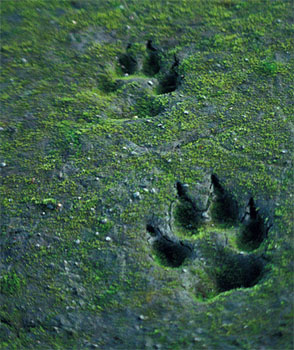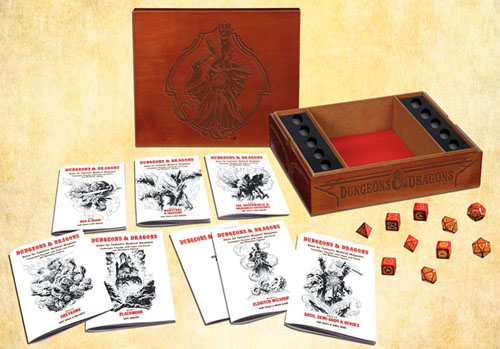Gnome Stew has an article up today: Hot Button — Secrets
My problem is that the article is conflating two things that are, at best, tangentially related to each other.
First, you have the issue of players keeping secrets from each other. Second, you have the issue of PCs engaging in actions that will disrupt party unity.
Secrets don’t have to be disruptive and there are lots of things that will be disruptive to party unity even if they aren’t kept secret.
Meanwhile, because the article is muddling these two unrelated concepts together, it doesn’t spend much time (if any) actually addressing the actual issue of interest: How can these techniques be used? And when should they be avoided?
For example, let’s talk secrets: Keeping information secret to a PC secret from the player can be a very immersive technique. OTOH, letting the players have information that their PCs don’t can be very useful as a storytelling technique (in terms of pacing, clarity, and/or effect). And this extends beyond PC vs. PC secrets: For example, do you want the players to be totally inside Luke Skywalker’s head when he sees the Death Star and has no idea what it is until Ben Kenobi says, “That’s no moon. It’s a space station.” Or would it be more effective to use cut-away scenes to establish this looming, ominous threat in the playing space so that the players can really, truly appreciate the “oh, shit” moment when their characters suddenly find themselves dropping out of hyperspace right next to it.
The right answer depends partly on the players at your table. For example, if you’ve got a player at your table who can’t firewall metagame information and whose first response to a secret is to come up with some bullshit way for his PC to “accidentally” discover the information, then you’re probably going to want to keep secrets. (And this can also be true if you’ve got a player who really wants to maintain that firewall but struggles to get back to the character’s POV once they have access to information the character doesn’t.)
But the right answer also depends on what you’re trying to accomplish.
And the same thing applies to actions that disrupt party unity.
For example, if we’re sitting down to play a Pathfinder Adventure Path then it would a game-breaker to disrupt party unity. OTOH, if you’re playing in my open table OD&D campaign, then it’s totally awesome to engage in that kind of behavior: If the party implodes, it doesn’t matter because the next session was already going to feature a completely different party.
For an extreme example of this: I recently ran the one-shot Ego Hunter adventure for Eclipse Phase. It’s written to give every PC a secret agenda and I modified it further so that one of the PCs had a hidden identity. Then I aggressively enforced firewalling of information by taking players into other rooms to resolve secret interactions. The result was a session filled with extreme paranoia, backstabbing, and plans-within-plans-within-plans. So lots and lots of secrets. And lots and lots of party-disruptive behavior. (Including one guy who got ran over by a car twice and nearly a third time.)
It was glorious.
But I wouldn’t do it in my regular 3.5 campaign.



